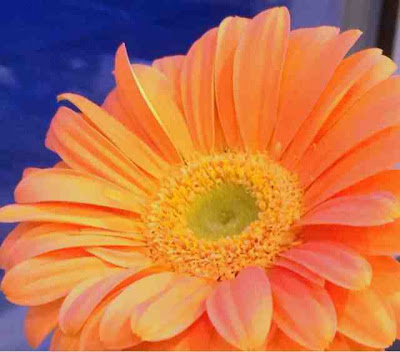This is being a tough month. It’s not like I didn’t expect it… but here I am in the midst of it and I’m feeling a little in overwhelm.
First, as most of you know, I’m share the head of exhibitions for the Contemporary QuiltArt Association and we have our “Salsa!” exhibit opening Memorial day weekend. Our jury met on April 28 at my home… you’d think that once the pieces were picked out, it should be smooth sailing, right? Wrong.
One of the wonderful things about the venue we’re going to be in, the Mighty Tieton Warehouse Gallery, is that they’re going to print a catalog of the exhibit. So, as soon as I know the juror selections, I needed to get the photos of accepted pieces to their printer, which meant I had to download 114 photos (a full and detail shot of each piece) from the place where the artists had submitted them. However, I soon found out that not every artist had sent high-resolution photos. This meant I had to contact those artists who had sent low-res photos and help them get high resolution ones to me. I even ended up taking photos for one artist!
Once the photos were sent over, I had to start working on compiling all the information for the catalog… artist’s statements, sizes of artwork, materials and techniques used, photographer, price of piece, year completed, as well as artist and title of the piece. We have 57 pieces in the show, so that’s quite a bit of info to put together.
On Saturday, we pick up the pieces at our CQA meeting. We’re working on figuring out a way to best hang the works… the gallery has a wire hanging system. At this point, we’re planning on using a heavy-duty fishing line to attach the quilts and art cloth from the wire. However, we will need to tie the fishing line onto all the hanging sticks and haven’t fully worked out how we will adjust the length of the fishing line to make sure each piece is at the right level and even. My husband and I have even gone to a couple hardware stores to try and see if there was some sort of hardware that we could put the line through and pull it and it would catch and not slip. At this point, it looks like we’re going to just be adjusting it by hand and tying it off.
On the 20th, we head over to Tieton (about a 2 and a half hour drive) to hang the show. I’m not sure how long it will take considering the tying aspect. Then our Opening will be on Saturday the 25th, so another long drive that day (I may stay overnight for that one since it goes from 12-5 and there is an artist celebratory dinner afterwards!)
Oh, did I forget to mention that my two-year long program at the Gail Harker Center for the Creative Arts starts this month too? I will be going up to La Conner from May 14-19 for my first class. We’ll be meeting approximately every three months and have a good deal of homework in between each session. However, as you can see from the photos here, Gail’s student’s create some amazing fiber artwork!
All this said, I’ve decided to back off of my initial goal this year to create a 5 x 7 piece each week. I’m a little disappointed, but I am working on my artwork daily, so I suppose that’s the real goal. Since I’ll be staying up at our cabin on Whidbey Island next week while I go to classes in La Conner, I plan to bring my freemotion quilting sampler quilt that I’m working on for Leah Day’s Craftsy class to work on in the evening. Having six days away from my husband and kids to just work on my art will be a real vacation!

Anna’s hummingbird from my sketchbook – Acryllic paint, watercolor pencil, silver ink
















